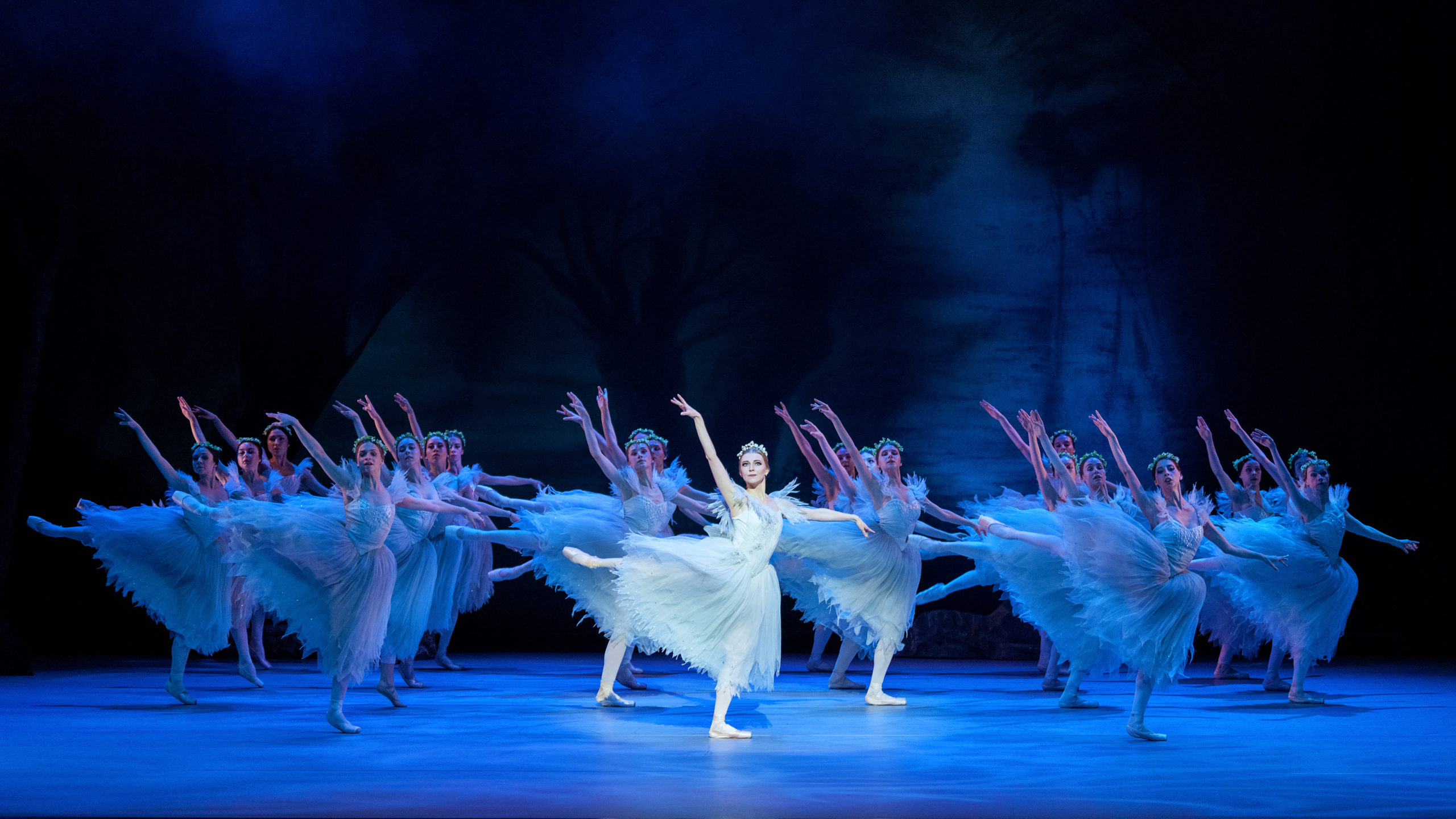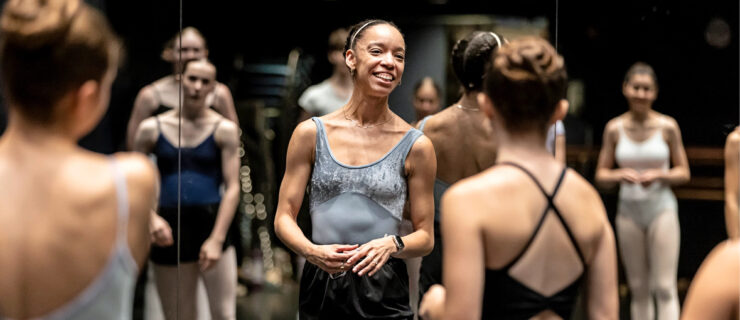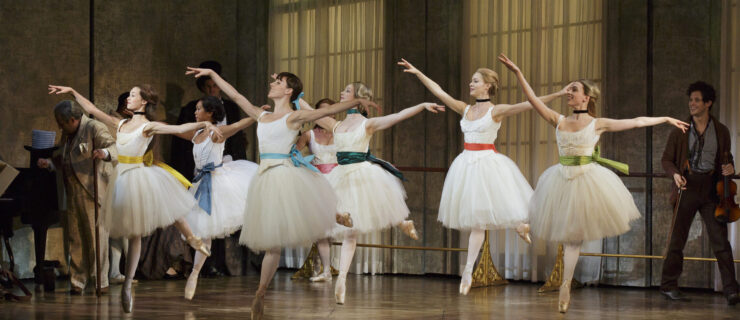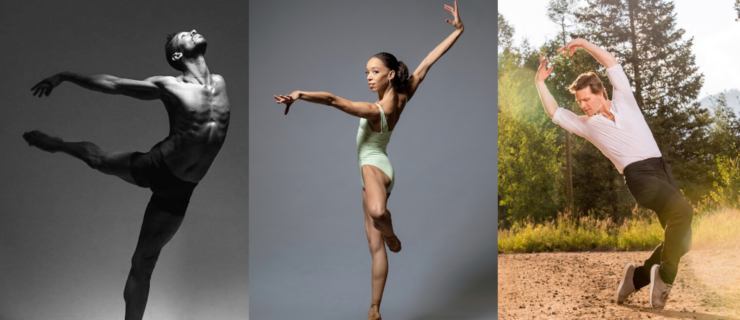A Giselle Like No Other: The United Ukrainian Ballet Makes Its U.S. Debut at the Kennedy Center
The classic story of Giselle, with its haunting tale of love’s merciful power, has graced the stage of the Kennedy Center in Washington, DC, countless times over the years. On February 1, the theater’s curtain will rise on a historic moment: a new production of the Romantic classic by Alexei Ratmansky, adapted from his reconstruction for the Bolshoi Ballet in 2019. It’s danced by a company whose own spirit and love of dance has helped power them through war—the United Ukrainian Ballet.
Directed by former Dutch National Ballet principal Igone de Jongh and hosted in The Hague, Netherlands, the new company is composed of 60 dancers in exile from theaters in cities across Ukraine, such as Kyiv, Kharkiv and Odessa. The performances at the Kennedy Center mark the company’s U.S. debut.
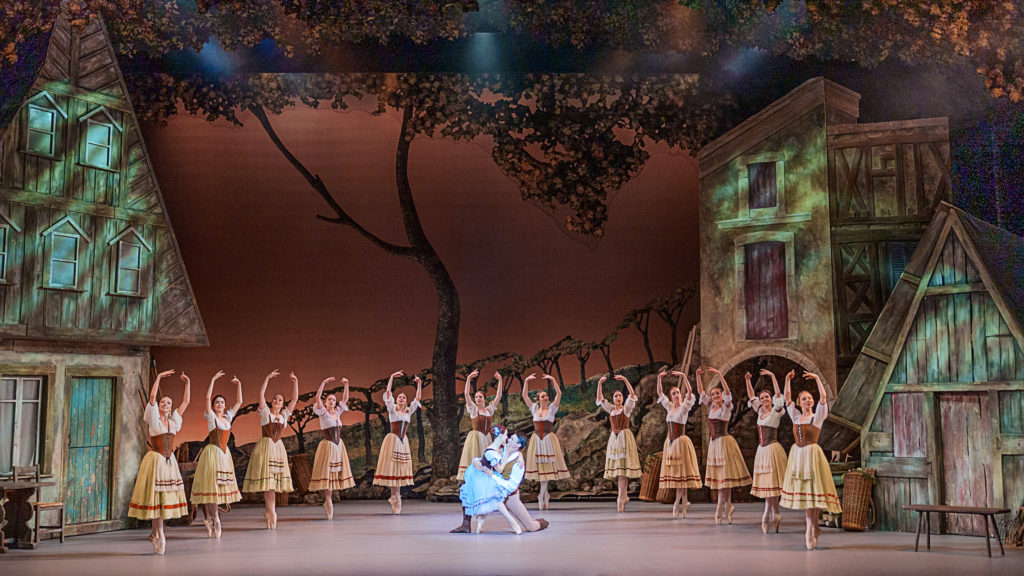
Bringing Ukraine to the World Stage
Elizaveta Gogidze, one of the dancers who will perform the role of Giselle, has also been a first soloist of the National Opera of Ukraine in Kyiv since 2010. “I’ve never been to the U.S. I’m very excited to dance at the Kennedy Center for American audiences on such a beautiful stage,” she says. “I would like to show Ukrainian ballet to American audiences, and with our art, remind them about the terrible war in our native Ukraine.”
In addition to the unique experience of witnessing the triumph of Ukrainian artists, audiences will see the U.S. premiere of Ratmansky’s Giselle. The choreographer spent eight weeks with the company creating this version, which has been touring in Europe since August. Christine Schevchenko of American Ballet Theatre will be a guest artist for the Kennedy Center performances in the title role.
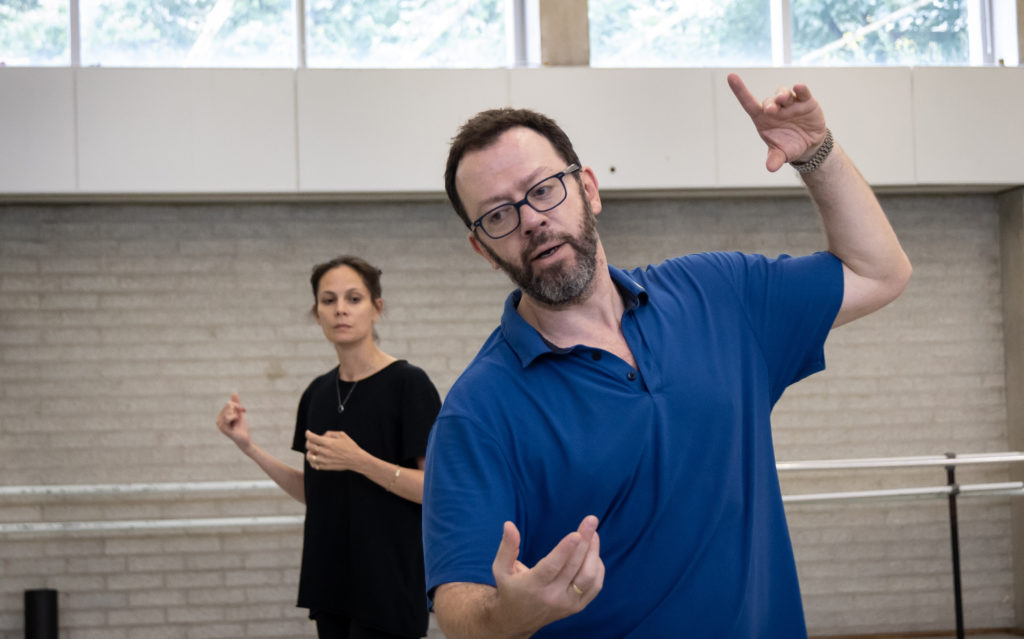
As he does with many of his restagings of full-length classics, Ratmansky hearkens back to the ballet’s roots. He credits Henri Justamant, a 19th-century director of the Monnaie Theatre and Paris Opéra, who recorded both the drama and movement of Giselle. “His notes are so detailed and poetic in his understanding, it’s like a film script,” Ratmansky says.
Some unique elements include a drinking scene for Albert and some of the huntsmen that opens Act II, as well as an additional scene for the Wilis that de Jongh says “shows the power of women.” There’s a reimagining of some of the characters, such as Bathilde, who Ratmansky says is no longer the “stuck-up aristocrat but a woman of deep empathy, which she demonstrates towards Giselle.”
Beyond these specific changes to the traditional production, Ratmansky says what’s special here is the artists.
“Ultimately, it is the dedication of the dancers that raises the bar beyond technique and into a very emotional performance,” he says.
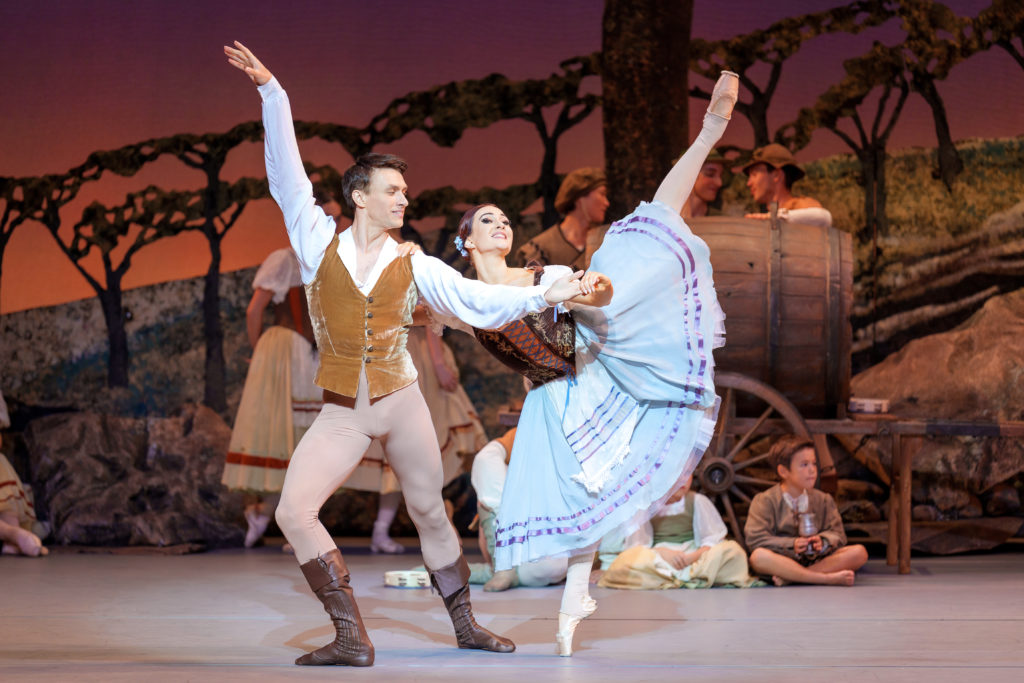
Gogidze made her debut in the role of Giselle with this production, having previously danced Myrtha at the National Opera. She says that despite a relatively short rehearsal period, Ratmansky took the time to refine every aspect of the role.
“There is not a single empty gesture in his choreography. Everything carries a certain meaning—especially in the mad scene,” says Gogidze.
Art in a Time of War
Creating a company in a short time wasn’t a simple task for de Jongh. With the support of local business and the Dutch government, she began by bringing dancers to the Royal Conservatoire in The Hague, where they now live and work.
“When I started the company, it was to help as many dancers as I could and give them a place to dance,” says de Jongh. “I’ll never forget seeing one ballerina arrive with her 2-year-old daughter and three suitcases after 45 hours on a train, and couples and families reunited.”
Eventually, the company had enough dancers to stage Giselle—the men had to be released from possible military service by the Ukrainian Ministry of Culture—and secured sets and costumes loaned from Birmingham Royal Ballet.
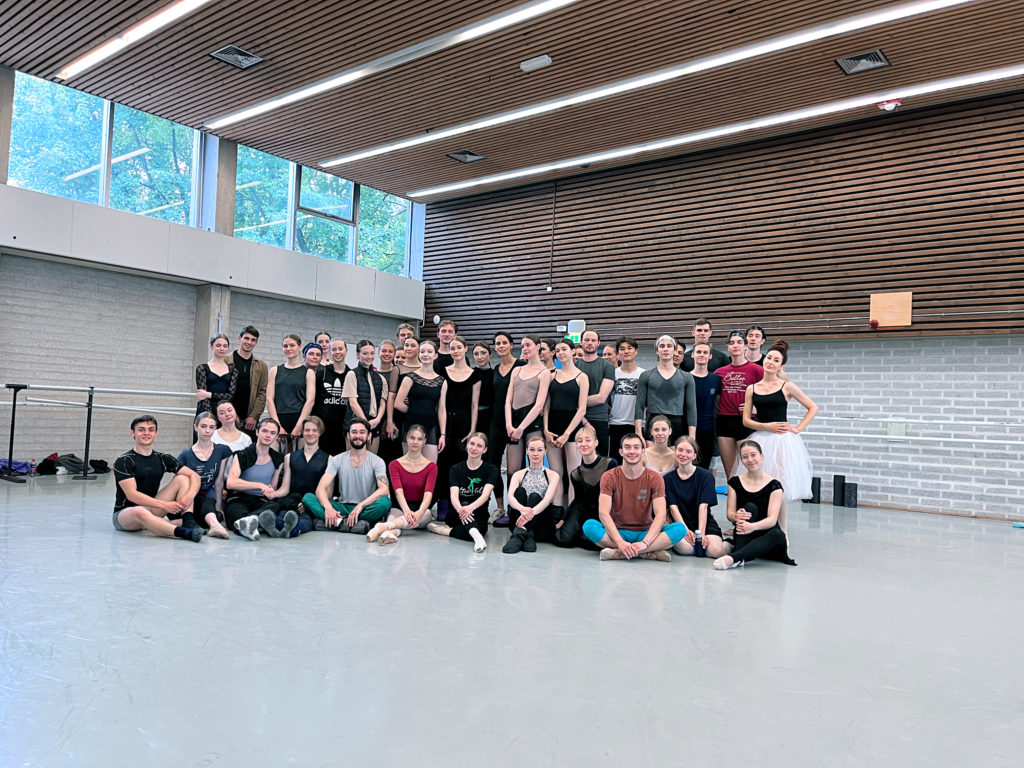
De Jongh credits Ratmansky for shaping the dancers into one company. UUB is now preparing a triple bill, with work by Paul Lightfoot and Sol León, Jiří Kylián and Ratmansky.
“That rep[ertoire] is new to [the dancers], it’s a whole other vocabulary. But they’re very open-minded,” says de Jongh.
Yet the war is always in the background. While dancers checking their phones in the studio might be taboo in most companies, de Jongh knows that here, the dancers are constantly anxious for updates from home.
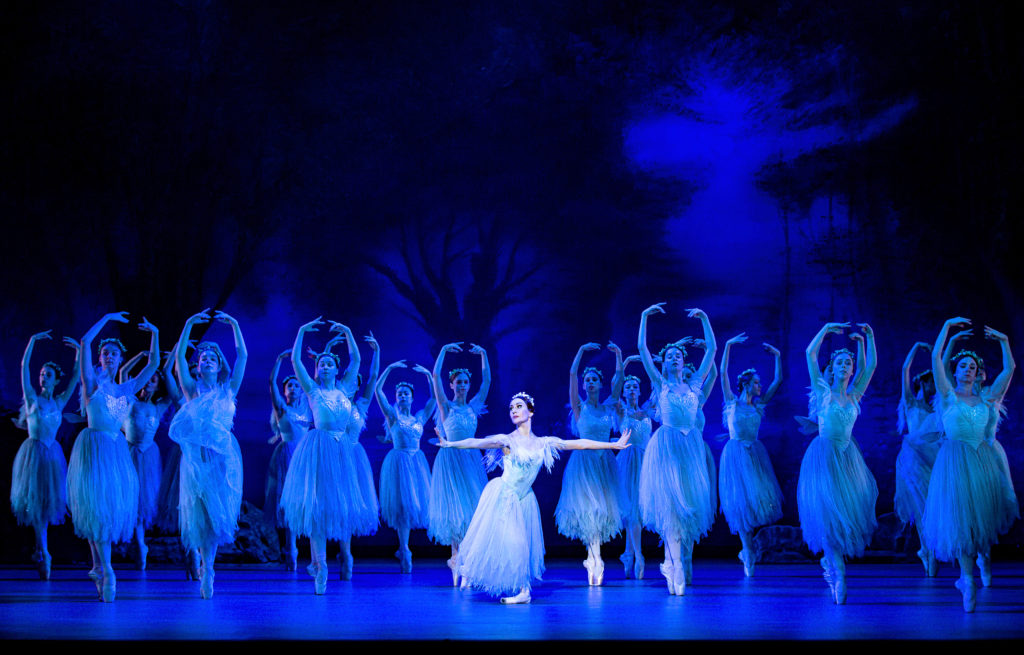
“I understand it, but I try to encourage them to have some time for themselves—to make ballet class a refuge for their mind, body and heart,” she says.
For Gogidze, the tour places the war in the foreground. It’s her contribution to the fight for Ukraine.
“I’m a ballerina, I’m not military. I can’t defend my country with weapons, but I can be useful for my country on the cultural front,” says Gogidze. “This is what it means to me to be a part of this company during this difficult time.”
